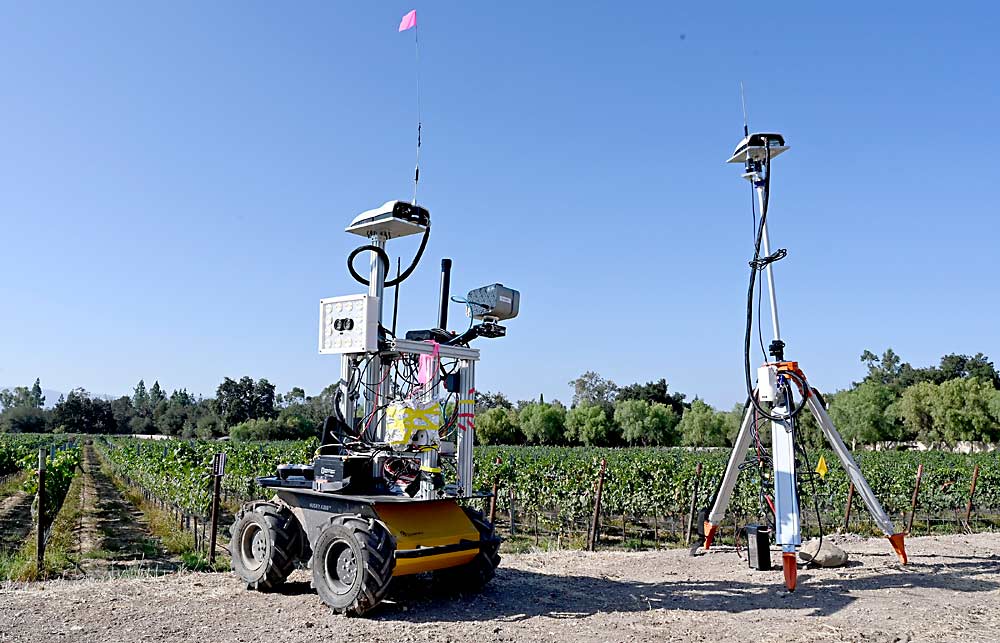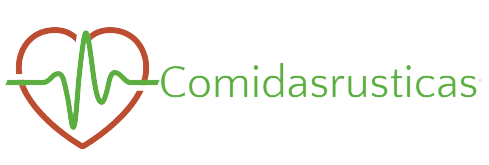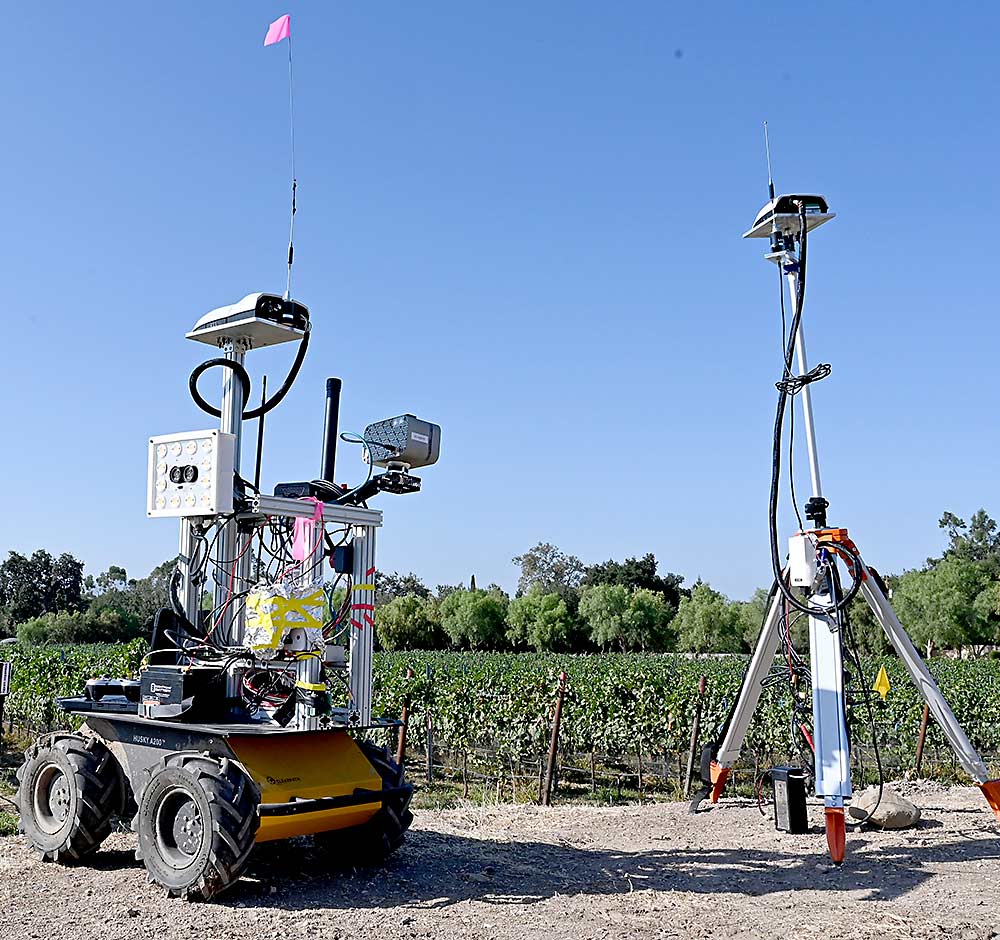
With its new NASA Acres program, the Nationwide Aeronautics and House Administration will use its substantial technological sources to assist American agriculture. And, with assist from Cornell College, fruit and different specialty crops will play an essential function.
NASA Acres, established earlier this 12 months, is led by the College of Maryland; Cornell will function this system’s specialty crops analysis hub. The purpose individual between Cornell and NASA, assistant professor of grape pathology Katie Gold, goals to construct extra consciousness of the significance of specialty crops — and of their pest and illness challenges.
NASA Acres director Alyssa Whitcraft shares the identical objective.
“When speaking about agriculture in the USA, most public consideration is on commodity row crop and animal agriculture,” Whitcraft stated. “Nevertheless, specialty crops are big contributors to our nationwide financial system and vitamin safety. They’re usually essentially the most labor-intensive to develop and harvest, face storage restrictions and are sometimes extra delicate to climate occasions than row crops or rangelands.”
Whitcraft stated Gold’s Grape Sensing, Pathology and Extension Lab at Cornell will broaden the worth of NASA satellite tv for pc knowledge for specialty crops and supply a mannequin for pest and illness administration in different agricultural techniques.
Gold has beforehand labored with NASA. Earlier than she joined Cornell in 2020, she spent 9 months in California with NASA’s Jet Propulsion Laboratory, the place she used hyperspectral imaging — the examine of how gentle interacts with objects — to detect ailments in grape leaves. Her Cornell lab does related work in New York vineyards.
NASA’s technological sources can help agriculture in varied methods, comparable to utilizing satellite tv for pc imagery to evaluate evapotranspiration to optimize irrigation scheduling.
On the illness administration entrance, one challenge is predicting the unfold of plant pathogens by monitoring international mud currents. Proof exhibits that pathogens aerosolize with agricultural mud in mud storms. NASA satellites have monitored mud storms that originate in Africa’s Sahara Desert, journey west throughout the Atlantic Ocean and deposit mud within the Caribbean and Gulf of Mexico areas, together with the Southeastern United States. As areas as soon as hospitable to agriculture turn out to be drier, extra pathogens may aerosolize and journey throughout the globe, Gold stated.
Gold works carefully with Yu Jiang, Cornell assistant professor of techniques engineering and knowledge analytics for specialty crops. Their analysis on pathogen detection applied sciences largely focuses on grapes, however they hope their findings will apply to different specialty crops. Partnering with NASA will help them drastically, giving them entry to a lot better sources, Jiang stated.
Diagnosing ailments within the area takes a whole lot of human labor and experience, he stated, however linking satellite tv for pc imagery with distant sensing and area assessments can result in a lot sooner and extra correct diagnoses.
Jiang is likely one of the researchers behind the PhytoPatholoBot, an autonomous robotic with superior sensing techniques that may seize illness pictures in a winery and develop a map of illness severity. Latest breakthroughs in synthetic intelligence ought to make such applied sciences cheaper and extra correct within the close to future.
Jiang and Gold are growing a mannequin that can use distant sensing and satellite tv for pc imagery to carry out illness detection and prediction work on a big scale. Jiang envisions a cloud-based platform growers will be capable to entry — a way more reasonably priced method than disease-detection robots on each farm. If all goes nicely, they’ll launch the platform in late 2024 or early 2025, he stated.
—by Matt Milkovich

